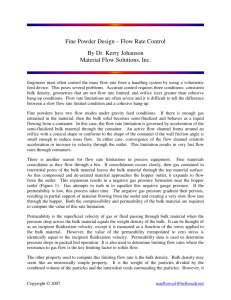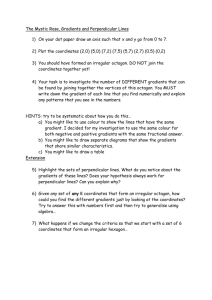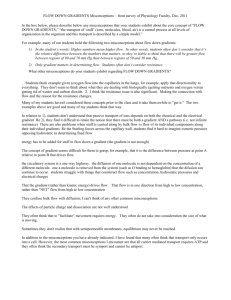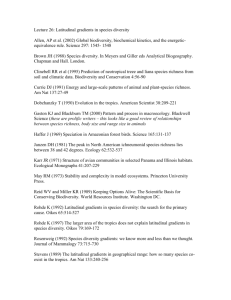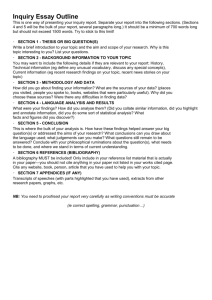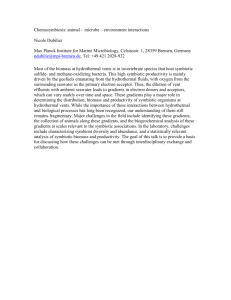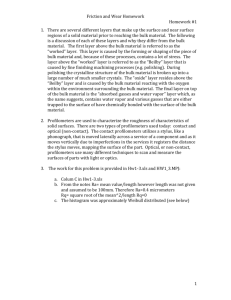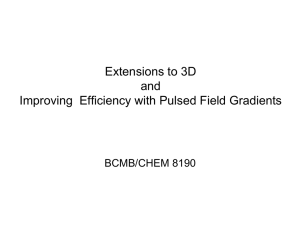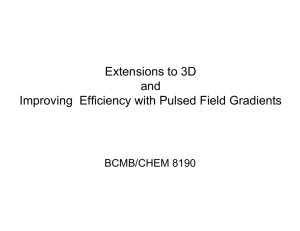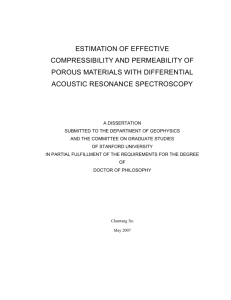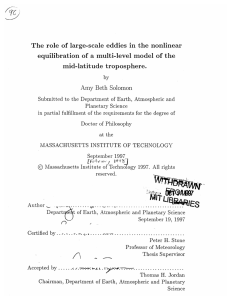Solve Flow Rate Issues in Process Design Material Flow Solutions
advertisement
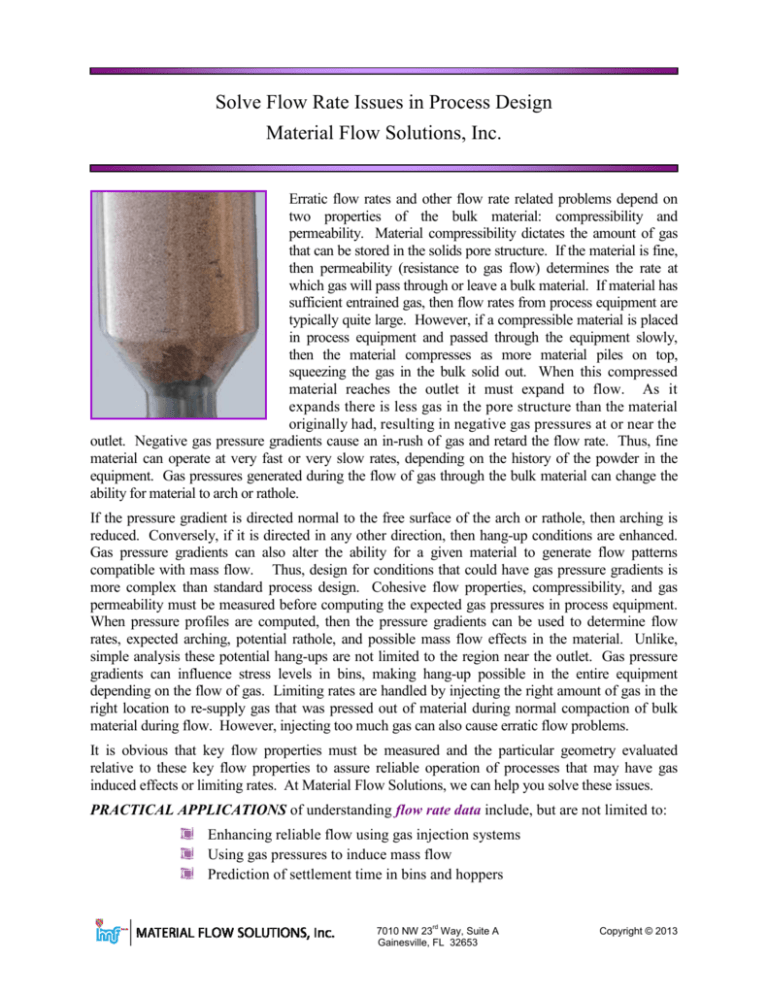
Solve Flow Rate Issues in Process Design Material Flow Solutions, Inc. Erratic flow rates and other flow rate related problems depend on two properties of the bulk material: compressibility and permeability. Material compressibility dictates the amount of gas that can be stored in the solids pore structure. If the material is fine, then permeability (resistance to gas flow) determines the rate at which gas will pass through or leave a bulk material. If material has sufficient entrained gas, then flow rates from process equipment are typically quite large. However, if a compressible material is placed in process equipment and passed through the equipment slowly, then the material compresses as more material piles on top, squeezing the gas in the bulk solid out. When this compressed material reaches the outlet it must expand to flow. As it expands there is less gas in the pore structure than the material originally had, resulting in negative gas pressures at or near the outlet. Negative gas pressure gradients cause an in-rush of gas and retard the flow rate. Thus, fine material can operate at very fast or very slow rates, depending on the history of the powder in the equipment. Gas pressures generated during the flow of gas through the bulk material can change the ability for material to arch or rathole. If the pressure gradient is directed normal to the free surface of the arch or rathole, then arching is reduced. Conversely, if it is directed in any other direction, then hang-up conditions are enhanced. Gas pressure gradients can also alter the ability for a given material to generate flow patterns compatible with mass flow. Thus, design for conditions that could have gas pressure gradients is more complex than standard process design. Cohesive flow properties, compressibility, and gas permeability must be measured before computing the expected gas pressures in process equipment. When pressure profiles are computed, then the pressure gradients can be used to determine flow rates, expected arching, potential rathole, and possible mass flow effects in the material. Unlike, simple analysis these potential hang-ups are not limited to the region near the outlet. Gas pressure gradients can influence stress levels in bins, making hang-up possible in the entire equipment depending on the flow of gas. Limiting rates are handled by injecting the right amount of gas in the right location to re-supply gas that was pressed out of material during normal compaction of bulk material during flow. However, injecting too much gas can also cause erratic flow problems. It is obvious that key flow properties must be measured and the particular geometry evaluated relative to these key flow properties to assure reliable operation of processes that may have gas induced effects or limiting rates. At Material Flow Solutions, we can help you solve these issues. PRACTICAL APPLICATIONS of understanding flow rate data include, but are not limited to: Enhancing reliable flow using gas injection systems Using gas pressures to induce mass flow Prediction of settlement time in bins and hoppers 7010 NW 23rd Way, Suite A Gainesville, FL 32653 Copyright © 2013
